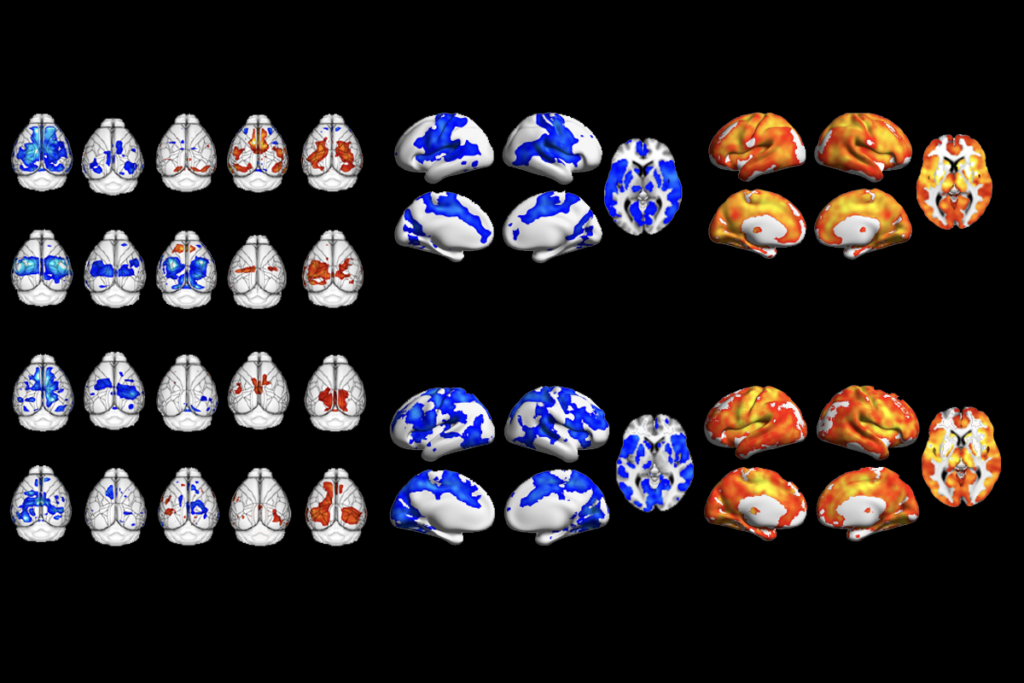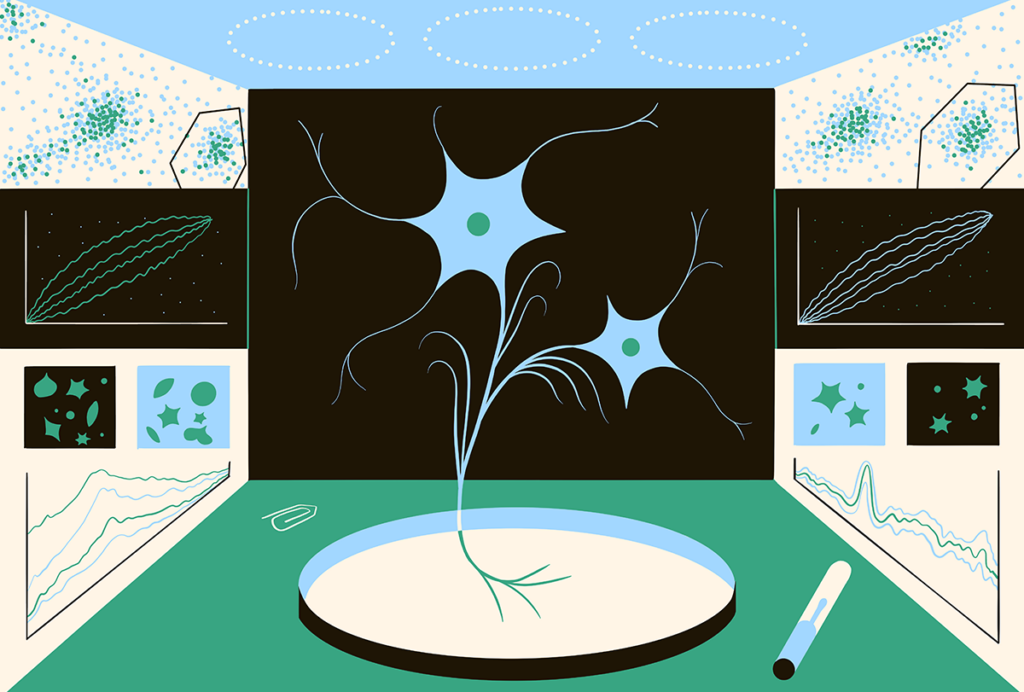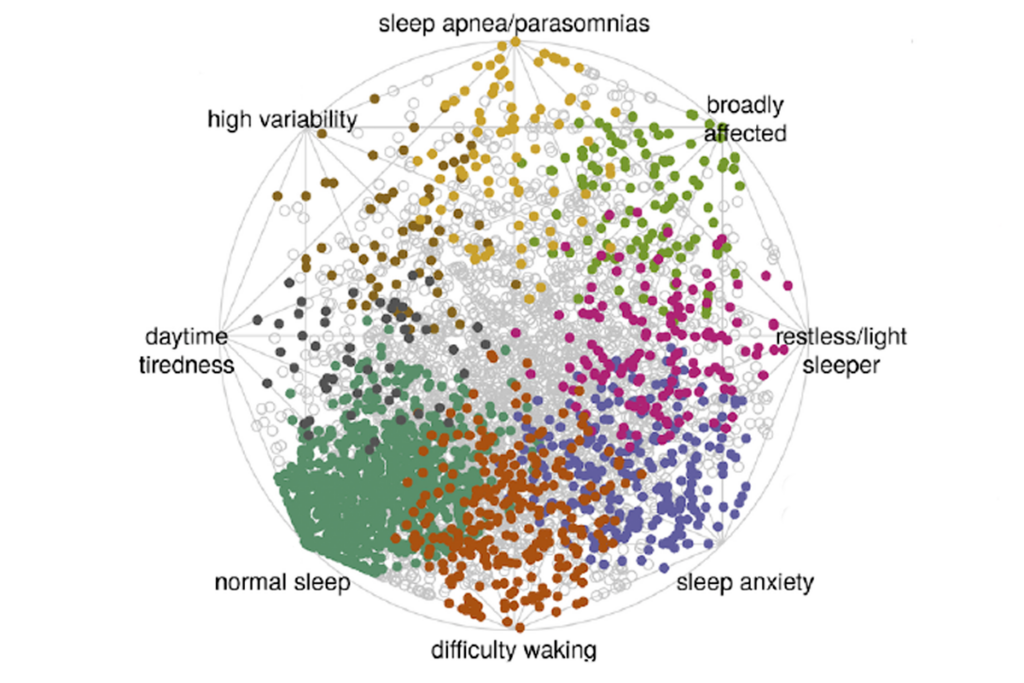Pair of modified enzymes boost gene-editing precision
A pair of enzymes improve the gene-editing technology known as CRISPR by providing more precise molecular ‘scissors’ to cut and paste DNA snippets.
A pair of enzymes improve the gene-editing technology known as CRISPR by providing more precise molecular ‘scissors’ to cut and paste DNA snippets. The improved system was described 25 April in Nature Biotechnology1.
CRISPR, which stands for clustered regularly interspaced short palindromic repeats, debuted in 2013 and has garnered attention for its ability to precisely edit genes. Researchers can use the system to turn off genes or insert mutations. They can also program many genetic changes at the same time, a necessary feat for modeling genetically complex diseases such as autism.
The CRISPR system is based on a DNA-cutting enzyme called CAS9, originally found in bacteria. Researchers can link that enzyme to a bit of RNA that guides CAS9 to the correct spot in the genome. The guide sequence can be engineered to home in on any gene that requires modification. However, the system can cut at places the researchers don’t intend it to, if they have DNA sequences similar to those of the target2.
The new study deals with that flaw. The researchers added another DNA-cutting enzyme, a FOKI nuclease, to the system and mutated the CAS9 enzyme. They then fused these two enzymes together. The fused system uses the RNA-guided CAS9 to find and bind target genes, and FOKI to slice the DNA.
The researchers found that the new system works more efficiently and with fewer undesirable cuts than the old system. The new system’s specificity may also allow researchers to better model the many mutations implicated in disorders such as autism.
References:
1. Tsai S.Q. et al. Nat. Biotechnol. 32, 569-576(2014) PubMed
2. Kuscu C. et al. Nat. Biotechnol. Epub ahead of print(2014) PubMed
Recommended reading

Expediting clinical trials for profound autism: Q&A with Matthew State

Too much or too little brain synchrony may underlie autism subtypes
Explore more from The Transmitter

Mitochondrial ‘landscape’ shifts across human brain

